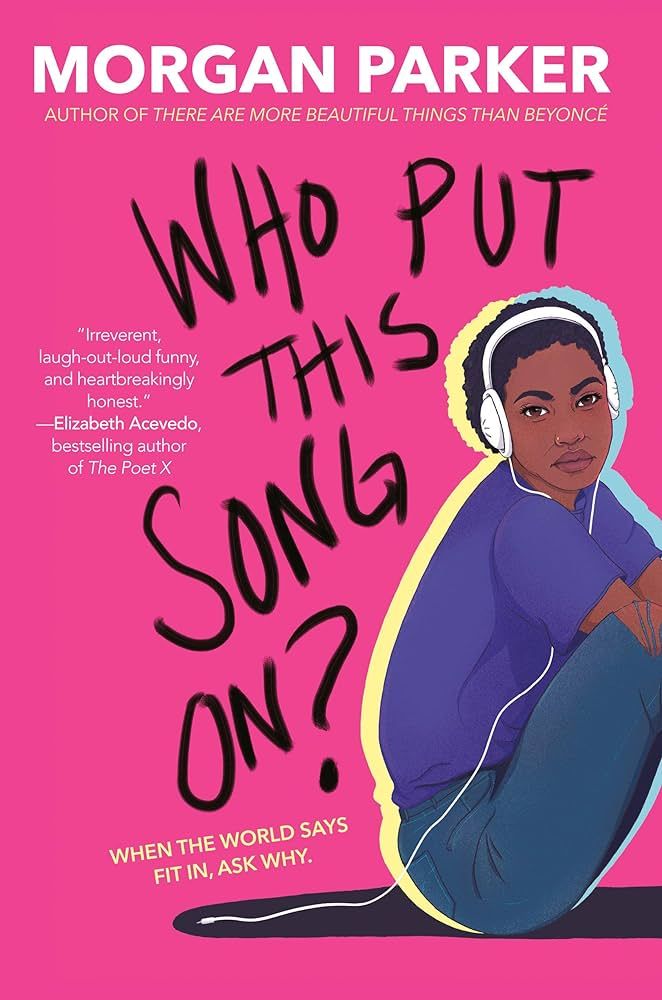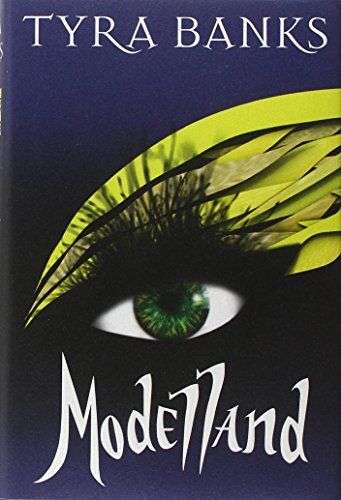Authors — particularly marginalised authors — have long had to deal with readers assuming that their main characters are actually representations of the author themselves. It’s true that authors frequently draw on their own experiences, and many authors of colour, LGBTQ+, and disabled authors have written characters that share aspects of their identities because they missed out on seeing these characters growing up. However, there is a difference between acknowledging this and assuming that an author’s protagonist must be their alter-ego; it can be reductive to leap to the conclusion that authors can only write about themselves.
That said, while most protagonists aren’t author inserts, there have been many authors throughout the ages who have sneaked themselves into their own works. Some author-insert characters appear as cameos for eagle-eyed readers, while others play a significant role in the story. Some are even the protagonist — although this doesn’t always work as well as the author may have intended.
Self-Deprecating Self-Inserts
Some of the best author-insert characters have been ones that show the author is able to laugh at themselves, not taking themselves too seriously. In these books, we see some author-insert characters that are written with a knowing wink at the reader.
Mrs Ariadne Oliver by Agatha ChristieHercule Poirot was Agatha Christie’s most successful creation, but, like Arthur Conan Doyle before her, Christie found her famous fictional detective as irritating as the readers found him compelling. Through Mrs. Oliver, a crime-writing friend of Poirot’s who frequently bemoans having to write her own fussy fictional sleuth, Christie deals with her frustration while also poking gentle fun at herself. Mrs. Oliver plays a similar role to Captain Hastings, often falling for the red herrings that Poirot sniffs out and determinedly pointing the finger at everyone except the real killer. While there is some old-fashioned sexism in her portrayal — Mrs Oliver invariably reaches the wrong conclusion because she relies on her ‘woman’s intuition’ — she’s a fun, fictionalised version of Christie who adds a note of comedy and self-awareness to the Poirot stories. |
Kilgore Trout by Kurt Vonnegut
Another writer self-insert who is actually a writer, Kilgore Trout, was named after Vonnegut’s fellow sci-fi author Theodore Sturgeon but is a loose alter-ego of Vonnegut himself. Trout is an unsuccessful sci-fi writer who appears in many of Vonnegut’s stories, with his appearance, life circumstances, and backstory changing drastically each time. A tragic (and at times darkly comic) figure, Trout is prolific but never hits the literary big-time. His work is notoriously most frequently used as window dressing by adult bookstores to disguise the materials they’re really selling. Vonnegut, by contrast, won many awards and received serious recognition in his lifetime; like Mrs. Oliver for Christie, it’s possible that Trout is Vonnegut’s way of playing down his own success and being humble for the reader.
Zenith O’Clock by Jeff Noon
Cyberpunk author Jeff Noon creates a Kilgore Trout-esque character of his own in Zenith O’Clock, a ‘writer of wrongs’ who appears in his sequel to Alice’s Adventures in Wonderland and Through the Looking Glass. Automated Alice is a bizarre novel that follows Alice’s attempts to track down a serial killer in a futuristic Manchester, where she has been transported by Zenith himself, in a metafictional twist that sees both the author and his insert character driving the action.
The Dodo by Lewis Carroll
Many of the fantastical characters in Alice’s Adventures in Wonderland are based on real people, particularly Oxford academics, whom Lewis Carroll knew as part of his connection with the university. It’s generally accepted that the Dodo, one of the talking animals that Alice meets in Wonderland, is Carroll himself. He cast himself as the Dodo as a way of making a joke about his stammer, which meant that he often repeated the first syllable of his real last name, ‘Dodgson.’
As Themselves
While some authors have created characters who are a step away from themselves, using different names and playing different roles, other writers take a more direct approach to the self-insert character. In the following stories, the authors have dropped themselves directly into the narrative, using their real names and occupations as part of the story.
Anthony Horowitz by Anthony Horowitz
In the Hawthorne and Horowitz stories, prolific author Anthony Horowitz casts himself as the sidekick to the fictional detective Daniel Hawthorne. The first book in the series, The Word is Murder, sees the two of them team up to solve a murder, write a book about the crime, and split the profits. The fictionalised Horowitz is living the same life as his real-world counterpart, working on his highly acclaimed TV series Foyle’s War, when Hawthorne first approaches him.

Morgan by Morgan ParkerWho Put This Song On? is a semi-autobiographical story about a teenage girl, Morgan, who is dealing with depression, racism, and the difficulty of living in a world where things always seem to be going from bad to worse. Parker draws strongly on her own experiences and childhood when writing her fictional Morgan, making this a deeply personal YA contemporary story. |
Louise Erdrich by Louise Erdrich
Authors don’t always take a leading role when they insert themselves in their fiction. Louise Erdrich is not only a bestselling author but also the proprietor of the bookstore Birchbark Books, which serves as the setting of her novel The Sentence. The story focuses on a haunting, with Erdrich herself appearing as a secondary character.
Starring…the Author
Not every author insert character elevates the story. In some cases, authors have written self-insert characters that attempt to make themselves look heroic or otherwise amazing, something that rarely has the desired effect.
Zade by Lani Sarem
Handbook for Mortals is most infamous for the bulk-buying scandal that engineered its place on The New York Times Best Seller List, but it’s also notorious for its protagonist. Sarem wrote the book with a view to having it turned into a film, with herself in the starring role, and many aspects of Zade’s life correspond with hers; she left a small town to seek fame and fortune in Vegas, mingles with celebrities, and has a very similar look, being petite and blonde with multi-coloured streaks in her hair.
Unlike Christie, Noon, or Vonnegut, however, there is no tongue-in-cheek self-deprecation in the character of Zade. Zade is instantly successful, using her magic to secure a leading role in a Cirque du Soleil-style show. Every man around her falls in love with her, and other women hate her because they’re jealous of her brilliance.

Tookie (and Ci~L) by Tyra BanksTyra Banks’ YA novel Modelland is a delightfully bizarre read and stars not just one but two self-insert characters — the protagonist, Tookie, and her erstwhile mentor, slam poet and fallen supermodel Ci~L. Tookie’s appearance corresponds with the way Banks has said she was described by bullies before she made it as a model: tall and gawky, with a large forehead and big hair. While the majority of characters in the novel describe Tookie as ‘ugly,’ it’s clear to the reader that, in fact, she has the kind of striking and unusual looks that make supermodels’ careers. If Tookie is teenage Tyra, then Ci~L is Banks’ adult self — a supermodel who finds and trains younger models, shepherding them through a gauntlet of terrifying trials that are like America’s Next Top Model if it wasn’t constrained by the laws of reality. |
While author-insert characters aren’t as common as readers might think, they’re a staple of literature and can sometimes impact the story hugely — for better or for worse. If you’re looking for something even more autobiographical in your next fiction read, try 20 Excellent Autobiographical Novels. For novels that feature real people who aren’t the author, try 8 Exhilarating Novels About Real People.
Source : Write Who You Know: The Best (and Worst) Times Authors Put Themselves in Their Stories













